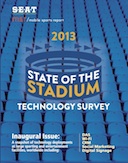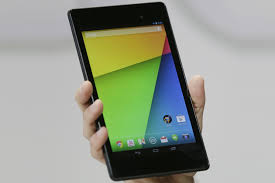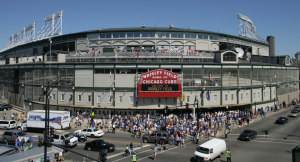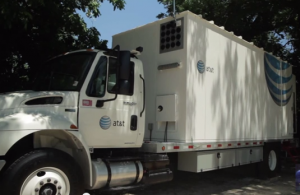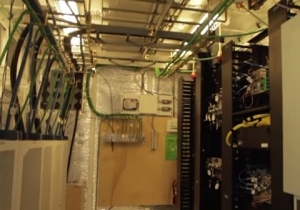Matthew Casey does an excellent job of summarizing the current state of Wi-Fi in the NFL in his post over on CNN.com, with some comments from yours truly as part of the package. While I think Matthew did a great job on the article, I was struck by how many of the comments are still of the “I go to the games to watch football, not to watch my phone” tenor.
People: Nobody goes to the stadium just to use Wi-Fi. But nobody leaves the house without their cell phone either. Being connected is simply a part of our everyday lives now, including leisure time. Going somewhere for several hours where there is no connectivity at all — and paying for the privilege — is going to seem more stupid with each passing year. Since football games have something like an average of 20 minutes of action for the entire time a live game is played, there’s lots of dead time in between. So what do you do during that time? For many people today, no matter where they are — spare time means time to connect, digitally and wirelessly. And it’s not a bad thing. It’s just who we are, no matter where we are.
Yes, if you’re at a game you want to spend time being there with the friends and fans around you. But our worlds are bigger than that in 2013. We don’t just share with those around us, we share with connected friends and with wider audiences in our social networks. Raise your hand if you spend a lot of time during sporting events these days texting friends or friendly rivals as a game progresses. (Guilty.) Most people, I think, who go to a game might spend at most a few minutes each hour checking messages, or posting a photo to show those who aren’t there what they are missing. I doubt most fans would go to a game and spend the whole time there immersed in the Internet. But I also think that almost every fan, at some point during a game, is going to want to connect to others in some fashion, even if it’s just to let someone know when you’ll be home. And going forward, Wi-Fi is going to be the answer as to how that happens. Why Wi-Fi?
The first difference at a stadium is simply the crush of people, which overwhelms the standard cellular-phone infrastructure that works very well in other parts of the planet. For high-capacity crowd situations, Wi-Fi is going to be the ongoing answer when the question is how to stay connected. Cellular carriers are moving quickly to put in DAS (Distributed Antenna System) deployments, which are basically a number of small cellular antennas that work inside buildings or in localized outdoor environments. DAS is good, maybe great, at eliminating dead zones that occur when a stadium full of fans are all fighting for the attention of a few regional macro cell towers. But DAS isn’t going to bring video replays to everyone in attendance. Again, that is why I said that Wi-Fi will be like plumbing going forward. In 5 years you won’t believe a big place hasn’t put in Wi-Fi yet. Because by then we’ll be doing a lot more wirelessly, because Wi-Fi is getting faster and better. And at stadiums, it can even make economic sense.
The second difference at a stadium is that unlike a hotel or other public places, stadiums have a captive crowd that might reasonably be interested in using a wireless network to make their visit more profitable for the owner/operator. That’s why the ideas of video replays to your phone, fantasy football stats via a stadium app, or even simple ordering concessions online to be picked up at an express window make so much sense. With a reliable Wi-Fi network all these options and ones that haven’t been thought of yet become possible. So for sports teams or owners of entertainment venues Wi-Fi might conceivably be able to pay for itself or even become a profit center, somewhere down the road. And we haven’t even started to talk yet about using Wi-Fi for improved internal operations, like public safety, ticketing or luxury suites. There’s money to be made on Wi-Fi networks, but first you have to build them.
That’s why Wi-Fi is coming to the stadium. It’s not so people can ignore the game to get work done. It’s so they can stay connected as necessary, or to enhance the experience they are having, at the few moments they want to do that. It’s a connected world we live in now, and stadiums shouldn’t be missing from that equation. Otherwise — as many of the commenters also noted — it will just be easier to stay at home and watch the game in HD while you tweet or text friends from your couch. Which you do now. If the NFL and other sporting leagues don’t want empty stadiums on those broadcasts, they need to make sure that their paying customers have the basic essential needs of human beings in this century, especially those fortunate enough to have time and money to spend on live-game visits. You wouldn’t build a big stadium without a lot of bathrooms. And these days, you wouldn’t build one without Wi-Fi either.
